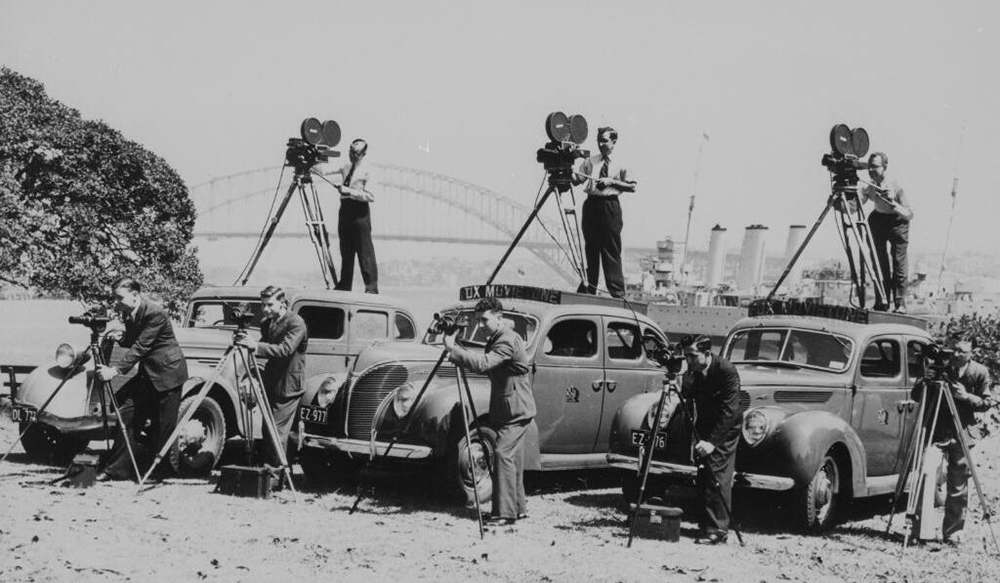
Quick—how long would it take you to grab your phone and take a picture right now? 30 seconds? 1 minute? The ubiquitousness of smartphones means that we each have a camera, video camera, and ways of sharing what we’ve captured with the world at our fingertips, virtually all the time.
So what do we do with that?
In a recent presentation at the ADRx: Creating Empathetic Communities event, VIVA explored that question. ADRx is PCRC’s version of a TEDtalk, short for Alternative Dispute Resolution X, and speakers explored the idea of empathy from the perspectives of faith, film, social media, civic engagement, and even blockchain.
Photography has been used for activism nearly as long as the technology has existed. Photographer Lewis Hine was hired by the National Child Labor Committee to document factory conditions in an effort to end child labor. Similarly, Dorothea Lange documented rural poverty during the Great Depression. The stories that photographers have been able to tell through their cameras has led to positive social and political change.
How can people and organizations use images to create empathy in the modern world? VIVA says that the future is both low tech and high tech.
New technology like augmented and virtual reality platforms will help create immersive experiences that connect us to others and activate our emotional empathy—putting us side-by-side with people around the world experiencing conflicts and challenges, and letting us tune in to their feelings.
But, simply incorporating photos and images into our work, and sharing images of social situations that need to be brought to light is—when we have a camera and an internet connection in our pockets—a surprisingly low-tech way to make an impact.
We shared a few concepts for taking photos that can tell stories of social change and create empathy, trust, and intimacy for viewers:
- Empty spaces tells stories.
- Time and space tell stories.
- The familiar and unfamiliar tell stories.
- Contrasts tell stories.
Explore two efforts using images to build empathy:
The Enemy Is Here: Built on the concept that if we start to truly see our enemies, they will cease to be our enemies. This is a virtual reality platform that brings users face-to-face with combatants from three conflict zones.
Miracle Messages: Volunteers record short video, audio, and text messages to loved ones from their homeless neighbors. Then, volunteer “digital detectives” attempt to locate the loved one and deliver the Miracle Message. (The founder of Miracle Messages was also an ADRx speaker.)
